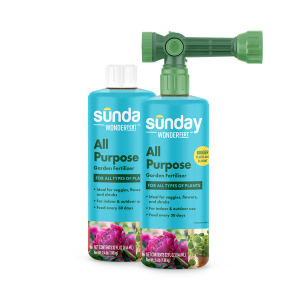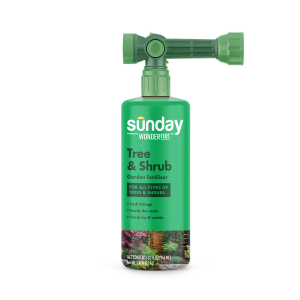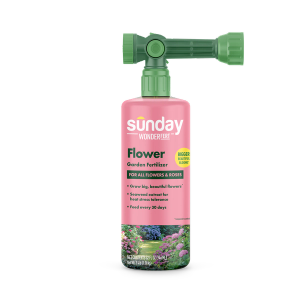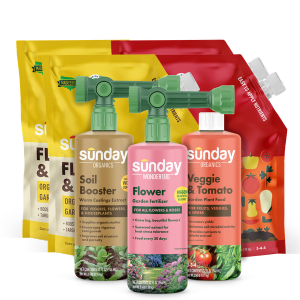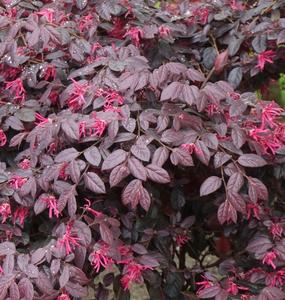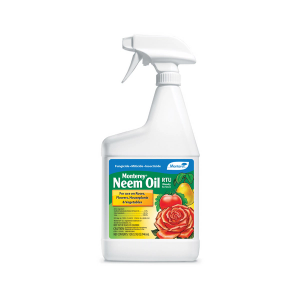What are bulbs?
The term “bulb” is commonly used to describe a variety of plants that grow from underground, fleshy storage structures, including:
- Corms: short, squat stems adapted to store energy.
- Tubers: fleshy roots that act as an energy reserve.
- Rhizomes: underground stems.
- True bulbs: contain a complete plant—roots, stems, leaves, and all!
What are spring bulbs?
Spring bulbs need to be planted in the fall so they can develop a strong root system before freezing temps arrive. Winter weather then helps wake them from dormancy, so they can start growing and reward you with a beautiful display of blooms in—you guessed it—spring!
How to plant spring bulbs
Ready to get your hands dirty? Refer to your bulb package for species-specific instructions, but here are some general planting guidelines:
Time it right
Wait until soil temps drop below 60 degrees Fahrenheit (but before the soil freezes).
Pick a spot
Choose a spot that gets full sun or partial shade (4+ hours per day).
Prep the soil
Prep the soil by digging individual holes for each bulb, or, if you are mass planting, you can loosen all of the soil in the area. Check the chart below for spacing tips!
Add fertilizer
If desired, add nutrients like Flower & Rose Organic Garden Fertilizer. If planting individually, sprinkle about 1 teaspoon into each hole; for mass planting, mix 1 cup per 25 square feet into the top 4 inches.
Place the bulbs
Plant your bulbs about 3 inces deep, with the pointed end facing up and the flat base down. Cover with soil and water generously.
Spring bulb planting design suggestions
When choosing a location, keep in mind that most bulbs require full sun. If they are planted in the shade, they may not flower the second year and should be treated as annuals. Early spring bulbs can be planted around deciduous trees and will usually finish blooming before the trees leaf out and shade the area.
- Single species: We recommend drifts or clusters. If you plant in straight rows, you may be disappointed when bulbs grow sideways or produce offshoots.
- Mixed plantings: For a more natural look, you can randomly scatter a handful of bulbs and plant them where they land. Alternatively, you can stagger drifts with taller plants in the back and shorter ones in the front.
Sunday Tip:
Did you know you can also plant crocus and daffodils directly in your lawn? Bulbs can add a pop of color to a dormant lawn, and some can help feed the bees too.
How to care for spring bulbs
Water
Give bulbs a drink immediately after planting. In the spring, water during dry periods, but don’t overwater. Soggy soil can cause bulbs to rot.
Fertilizer
If desired, you can feed your bulbs again in the spring when shoots appear. Avoid fertilizing when bulbs are flowering as this can reduce bloom time. When flowers decline, you can add a little more fertilizer for fall nutrient boost.
Extra tip: Apply fertilizer after treating or removing weeds. This way your fertilizer can focus on supporting new plant growth.
Foliage
Don’t cut that fading foliage! Let it turn yellow and die back naturally so all those nutrients can be reabsorbed by the bulb to store as energy for next year.
Weeding
Treat and remove weeds in preparation for new potting mix or soil before planting bulbs.
How to store and divide bulbs
Spring bulbs require a several-weeks-long chilling period to stimulate growth. In areas where winters aren’t very chilly, bulbs may need to be dug up, refrigerated or stored in a cool spot, and replanted each year to ensure bloom!
If you notice fewer or smaller blooms over time, dig up the bulbs. They’ve probably created “offshoots,” which you can divide and either replant or give as a gift! Just clean, dry, and refrigerate them until it’s time to plant again in the fall.







